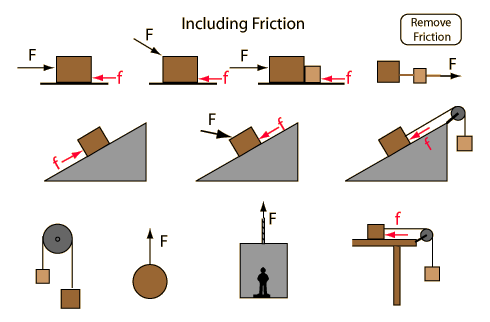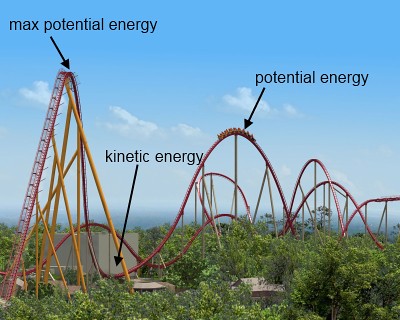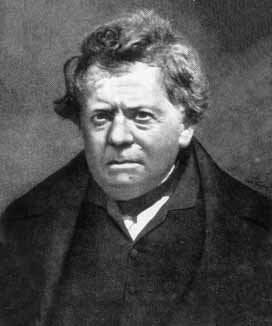This blog post has got to be the best homework assignment I've ever had in my school life. Writing about my number one interest on a blog? That is amazing.
As a roller coaster enthusiast, I inevitably have tons of favourite roller coasters. However, I do have one certain coaster in mind that is my
absolute favourite. It is the coaster in the image shown above -
Raptor.
Raptor is a Bolliger & Mabillard (famous roller coaster manufacturer) inverted coaster located at Cedar Point, my favourite amusement park in the world, situated on an island on Lake Erie in Sandusky, Ohio, USA. It possesses a height of 140 feet and reaches a maximum speed of 57 mph, before going through a total of six inversions.
 |
| A photo I took of Raptor during my Cedar Point trip in the summer. |
Why do I love this coaster so much? Back when I was in grade 4, I discovered Cedar Point, and I was awed by the quality and quantity of the coasters located there. A certain green coaster with bright pink trains enlightened my eyes, and my fascination with this coaster grew and grew. I researched about it until I had all its stats memorized by heart. I watched all the online videos for this coaster and I always recreated it on roller coaster simulators and games. It was my dream to ride Raptor in real life.
Alas, I was still in elementary school, and my dream of going to Cedar Point and riding Raptor was very distant. However with every single year that passed, I would still ask my parents if we were ever going to Cedar Point. It was always a very iffy answer, and it never happened. But then came June of 2010, when my parents were deciding on vacation plans for the summer, I half-heartedly suggested "Cedar Point!" It was more of a joke to me because I knew it would never really happen. A miracle happened though - they said okay.
I was ecstatic for the next months and I could not really focus on anything else. The upcoming August month would consist of the days I'd be visiting and staying at the hotel at Cedar Point. I researched even more about Cedar Point, even though I already knew everything about it. I could not contain my excitement, and as each day went by, the more stoked I was.
The day finally came and we drove down to Ohio - a total of a 7 hour drive. As we reached the peninsula, I saw the skyline of Cedar Point. Within that, I also saw the outline of my favourite roller coaster in the world - Raptor. As we entered the park, I raced towards the entrance of Raptor. I was actually seeing it with my own eyes, in real life. It was towering over the midway of the park, and the screams of the guests riding it just increased my excitement even more. I went into the queue of the coaster, and after an hour and thirty minutes of waiting, it was at last my turn to go on the ride. I sat in the comfortable seat and readied myself for a hopefully great ride on Raptor.
After two minutes and fifteen seconds, I was back at the station. My reaction? It wasn't great at all...it was magnificently amazing. It was even better than I expected. Although it was built in 1994, it was still smoother than all of the rides I've ever gone on. It was probably the happiest moment of my life; I had rode on Raptor.
Below is a picture of me standing in front of Raptor's huge loop.
 |
| Best day of my life. |
This is actually a condensed version of my original blog about Raptor. This (click) was my first entry, on my own personal blog. Just in case anyone thinks I'm plagiarizing from that site, I was the one that wrote it.

































